Justin Dale
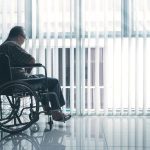
Breaking Down a Nursing Home Abuse Claim
Nursing home abuse, unlike nursing home neglect, is an intentional tort. Usually, the result, a personal injury, is unintentional. The conduct was intentional, which in this context basically means non-accidental. A personal injury is just the beginning of the damages in these cases. Usually, the tortfeasor (wrongful actor) as a caregiver, nursing home employee,… Read More »
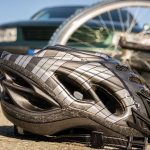
Insurance Company Defenses in Bicycle Accident Cases
Most bicycle accident defenses contest two basic issues: damages or liability. Damages basically means the amount of compensation the victim is entitled to. Insurance company lawyers often claim that the victim’s injuries were exaggerated, especially if the victim doesn’t immediately seek medical treatment. But in this post, we’ll focus on liability defenses. Damages are… Read More »

Five Common Older Adult Fall-Related Injuries
Medicare and Medicaid pay more than half of the $50 billion a year in medical expenses related to older adult falls. In other words, you and I pay these costs, in the form of higher taxes and premiums. Fall injury survivors have already been victimized once. The responsible party, which is usually the property… Read More »

What to Expect in a Bicycle Injury Case
Bicyclists often suffer such severe injuries in collisions that their medical bills can be significant. These victims have no protection from oncoming vehicles, other than thin bicycle helmets. Ironically, according to some research, bicycle helmets might do more harm than good. They give both riders and tortfeasors (negligent drivers) a false sense of security…. Read More »
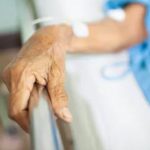
Bedsores and Nursing Home Negligence
Pressure ulcers, one of the most common nursing home injuries, develop unless a resident turns over in bed at least once every two hours. Bedsores most often develop on skin that covers bony areas of the body, such as the heels, ankles, hips and tailbone. Cellulitis and cancer are two of the most common… Read More »

Building a Bicycle Accident Claim
As outlined below, evidence is the most important part of a bicycle accident claim. A victim/plaintiff must prove negligence, or a lack of care, by a preponderance of the evidence (“more likely than not”). Although this burden of proof is very low, there’s usually a relationship between the amount of evidence a victim/plaintiff presents… Read More »
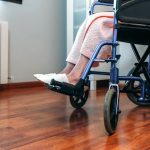
The Two Major Components of a Nursing Home Abuse Claim
Nursing home abuse, such as assault or false imprisonment (e.g. blocking a doorway) is an intentional tort in Washington. The conduct, not the result, is intentional. Stressed nursing home workers usually don’t intend to hurt residents when they push, shove, or otherwise assault them. Usually, these workers just want the resident to sit down… Read More »

A Closer Look at Daycare Injuries
The death of a child is always tragic. An injury-related death, which accounts for about 20 percent of the total, is even more tragic. Caregivers can protect children from injury-related deaths at home. But they cannot protect them when they’re at daycare or otherwise away from home. In these situations, they rely entirely upon… Read More »
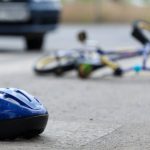
What Causes Bicycle Accidents in Seattle?
Driver error, mostly the two kinds of driver error discussed below, causes over 98 percent of the bicycle wrecks in King County. These collisions often cause catastrophic injuries, such as head injuries. Helmets only prevent a handful of these injuries. When riders fall off their bikes and hit the ground, their brains violently slam… Read More »
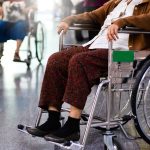
Five Kinds of Nursing Home Neglect
Severe understaffing, a problem that affects over 90 percent of the long-term care facilities in King County, is usually the root cause of nursing home abuse. Overworked nursing home employees often act inappropriately towards each other and towards residents. Additionally, in understaffed environments, nursing home owners often hire under-qualified professionals or expect one person… Read More »
